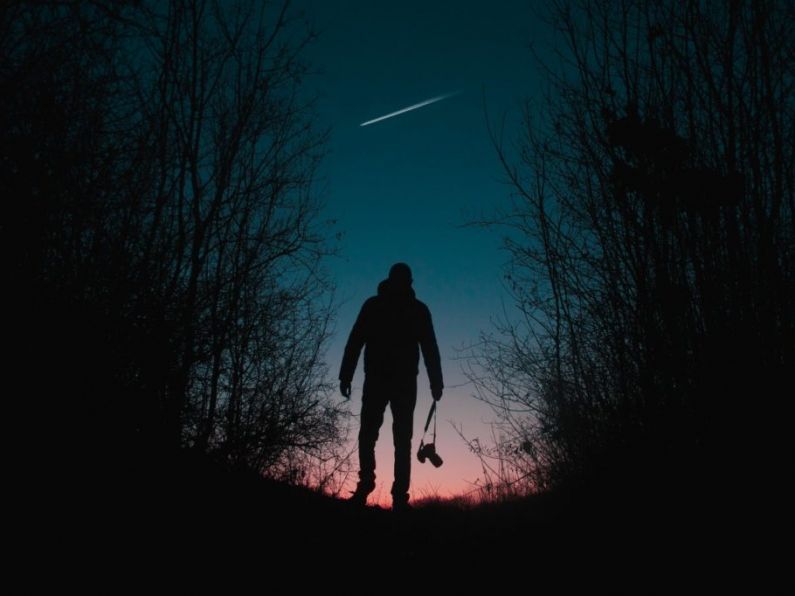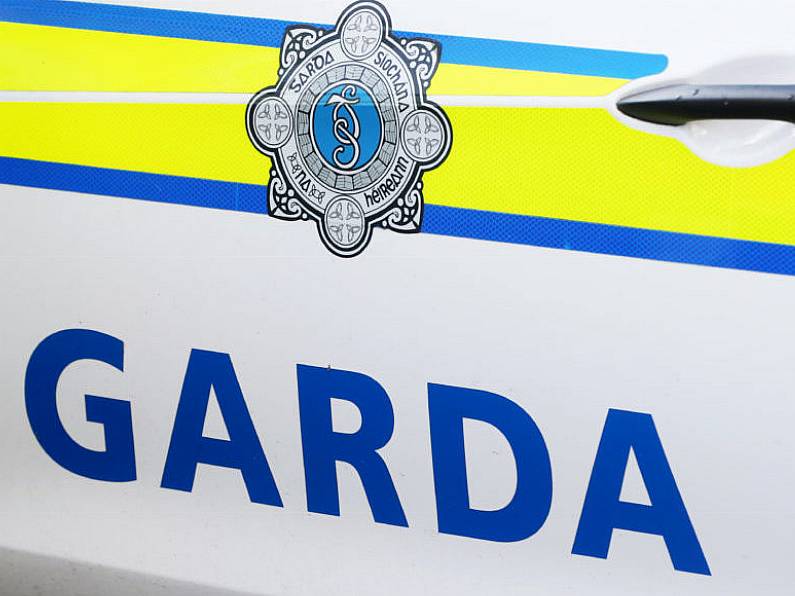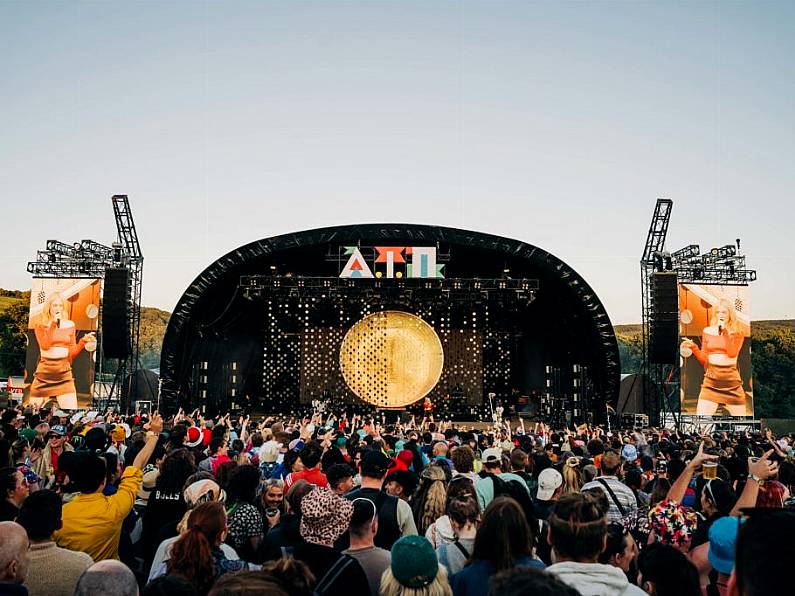Up to 20 times more shooting stars than normal will be seen this weekend as the Geminid Meteor Shower reaches its peak activity.
Astronomy Ireland are asking members of the public to count how many they see every 15 minutes and send in their reports to its website astronomy.ie for publication in Astronomy Ireland magazine.
"It is only because of members of the public monitoring this shower that we know that the Geminids in December is the best of the year" said David Moore, founder of Astronomy Ireland, the world's most popular astronomy club.
"In past decades the Perseid Meteor Shower in August was the best but this has declined somewhat in recent years to leave the Geminids reigning supreme. This is also good news for the public because that August shower cannot be well seen until 11pm but the Geminids begins as soon as it gets dark, around 5pm and runs until dawn." he said.
WHAT TO LOOK FOR
Geminid Meteors can appear anywhere in the sky. Their paths all point back to the constellation Geminid, hence the name, but that is not the best place to look.
The Moon is out of the way so those in rural areas with very dark skies will get an even better view. But city dwellers will see plenty as the Geminids are known for producing bright fireballs.
Wrap up well. Several layers that trap warm air from your body are better than one thick layer. Shoes with thick soles also help.
SEND IN YOUR COUNTS
As well as enjoying the free 'celestial fireworks' display the entire family can contribute to the sum total of human scientific knowledge by simply counting how many meteors are seen.
If viewing with a group of people each person should keep their own count and not include meteors seen by others. This means we can directly compare counts from individuals all over the world. That's science!
CAUSE?
The Geminids are caused by tiny pieces of space debris, bits of dust that fell off a small extinct comet or asteroid called Phaethon that goes around the Sun every one and a half years.
"It has probably been around the Sun thousands of times and has spat out dust particles that have now spread all around its orbit." said Mr. Moore.
WHEN TO WATCH
The Geminid meteor shower lasts for about 2 weeks (Dec.7th-17th).






